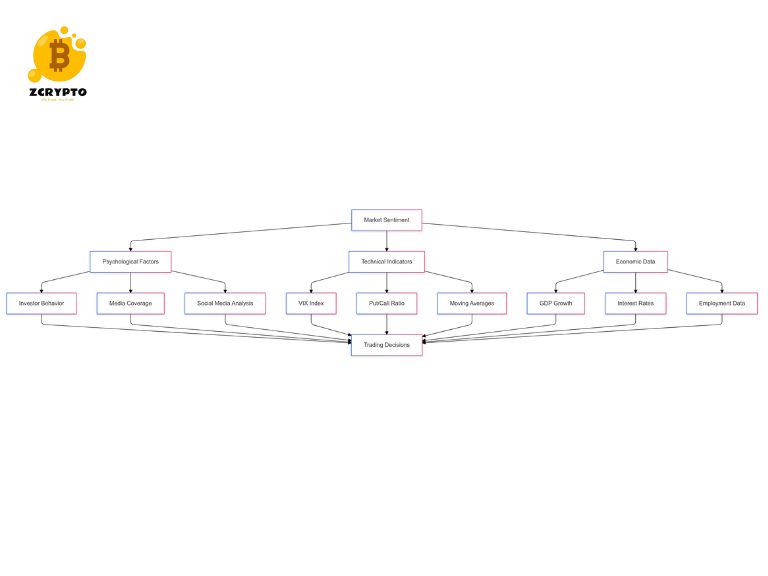What are BOT and BOOT Contracts?
BOT (Build-Operate-Transfer) contracts and BOOT (Build-Own-Operate-Transfer) contracts are closely related but distinct models used in infrastructure financing.
- Unmasking Boiler Room Scams: How to Protect Your Investments from High-Pressure Fraud
- Understanding Accrued Income: How to Record and Manage Earned But Unreceived Revenue
- Understanding 60-Plus Delinquencies: Impact on Credit Scores and Financial Health
- How to Monitor and Manage Your Account Balance for Financial Stability
- How Automated Clearing House (ACH) Revolutionizes Electronic Payments and Transactions
-
BOT Contracts: In a BOT contract, a private entity is responsible for designing, constructing, operating, and maintaining an infrastructure project for a specified period. At the end of this period, the project is transferred back to the public sector. This model allows private firms to recover their investment through user fees or other revenue streams during the operation phase.
You are viewing: How Build-Operate-Transfer Contracts Revolutionize Infrastructure Financing and Investment
-
BOOT Contracts: The key difference between BOT and BOOT contracts is that in a BOOT contract, the private entity also owns the project during the operation phase. This additional layer of ownership can provide more control over the project’s management and maintenance.
In both models, the roles and responsibilities are clearly defined: the private entity handles financing, design, construction, operation, and maintenance, while the public sector provides regulatory oversight and ensures that public interests are protected.
How BOT Contracts Work
Securing a BOT contract involves a detailed concession agreement between the public entity and the private firm. Here’s how it typically works:
-
Concession Agreement: The public sector awards a concession to a private firm after a competitive bidding process. This agreement outlines the terms, including the duration of the contract, revenue streams, and transfer conditions.
-
Design Phase: The private entity designs the infrastructure project according to specified standards and regulations.
-
Construction Phase: The private firm constructs the project using its resources and expertise.
-
Operation Phase: After construction is complete, the private entity operates and maintains the project for an agreed-upon period. During this phase, they recover their investment through user fees or other revenue streams.
-
See more : Understanding Banker’s Acceptance: A Safe and Liquid Investment for International Trade
Transfer Phase: At the end of the operation period, the project is transferred back to the public sector.
The financial aspects of BOT contracts are crucial. Private entities recover their costs through various mechanisms such as tolls, user fees, or government subsidies. This approach ensures that projects are financially sustainable without placing an immediate burden on public finances.
Benefits of BOT Contracts
BOT contracts offer several significant advantages that make them attractive for infrastructure financing:
-
Risk Transfer: One of the primary benefits is the transfer of cost and risk from the public sector to private entities. This reduces the financial burden on governments and allows them to focus on other critical public services.
-
Accelerated Project Completion: Private firms often have more efficient project management capabilities than public sectors, leading to faster completion times. This acceleration can be crucial for projects that have significant economic or social impacts.
-
Cost Savings: By integrating design, construction, operation, and maintenance into one contract (known as DBOM or Design-Build-Operate-Maintain), BOT contracts can reduce overall costs compared to traditional procurement methods.
Risks and Challenges
While BOT contracts offer numerous benefits, they also come with several risks and challenges:
-
Financial Risks: If a project does not generate expected returns due to lower-than-anticipated usage or revenue, it can result in financial losses for the private entity.
-
Regulatory Issues: Changes in regulations or policies can impact the viability of a project. Ensuring regulatory stability is crucial for the success of BOT projects.
-
See more : What is NFT Marketplace? – ZCrypto
Technological Challenges: Infrastructure projects often involve complex technologies that require skilled workforce management. Managing these technological aspects can be challenging.
-
Risk Mitigation Strategies: To offset these risks, governments can offer incentives such as guarantees or subsidies. Additionally, robust risk management strategies must be implemented to ensure project success.
Case Studies and Examples
Several successful BOT projects around the world illustrate their effectiveness:
-
Bangkok Mass Transit System (BTS): This project in Thailand is a prime example of how BOT contracts can deliver efficient public transportation systems. The private sector managed the design, construction, and operation phases before transferring it back to the public sector.
-
Louisville-Southern Indiana Ohio River Bridges Project: This project in the United States involved building two new bridges using a BOT model. It demonstrated how private investment could accelerate infrastructure development while ensuring long-term maintenance and operation.
BOT contracts are also commonly used in other sectors such as water treatment facilities and power plants, where long-term operational efficiency is critical.
Future of BOT Contracts
The landscape of infrastructure financing is evolving rapidly, with an increasing role for BOT contracts:
-
Legislative Changes: Recent legislative changes, such as Indiana Senate Bill 166, have facilitated the use of BOT contracts by providing clearer guidelines and incentives for private investment.
-
Future Trends: As global demand for infrastructure continues to grow, BOT contracts are likely to play an even more significant role. Emerging technologies like smart infrastructure and green energy projects will further enhance the appeal of these contracts.
Source: https://summacumlaude.site
Category: Blog







